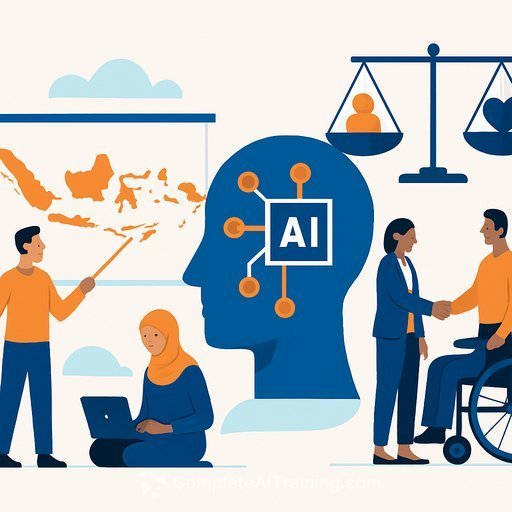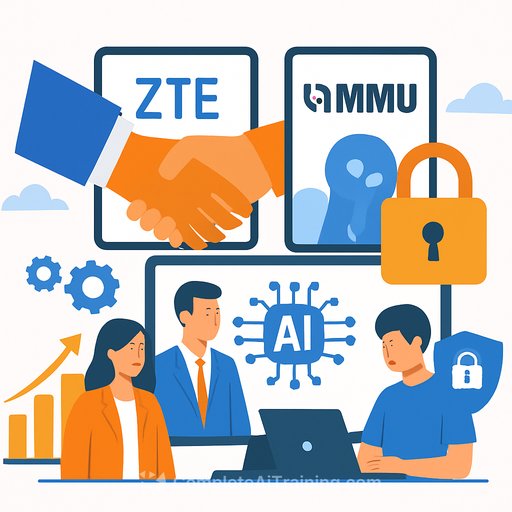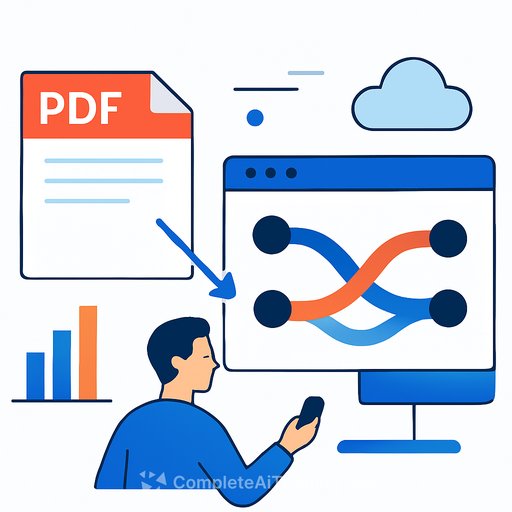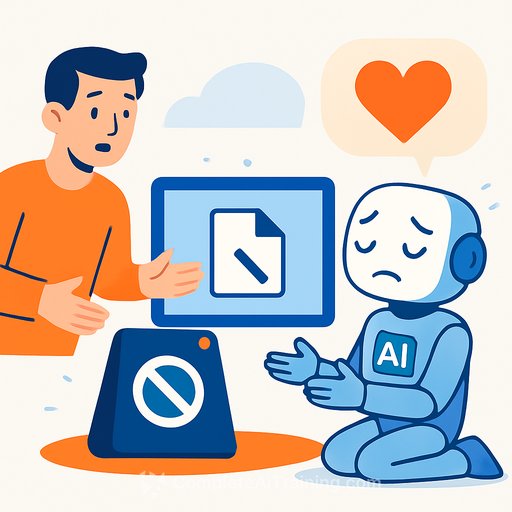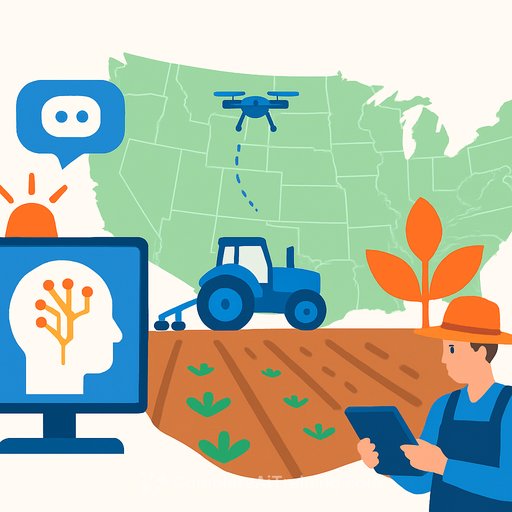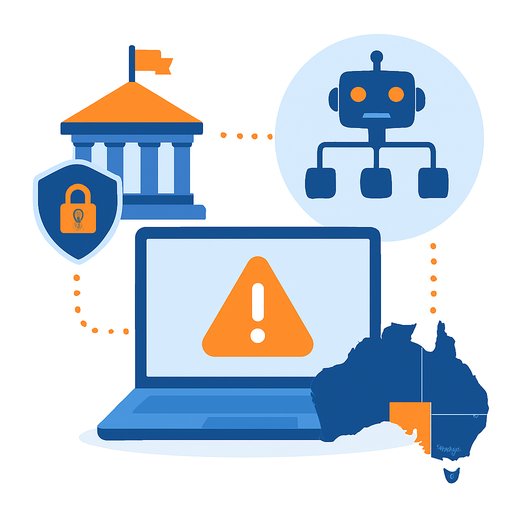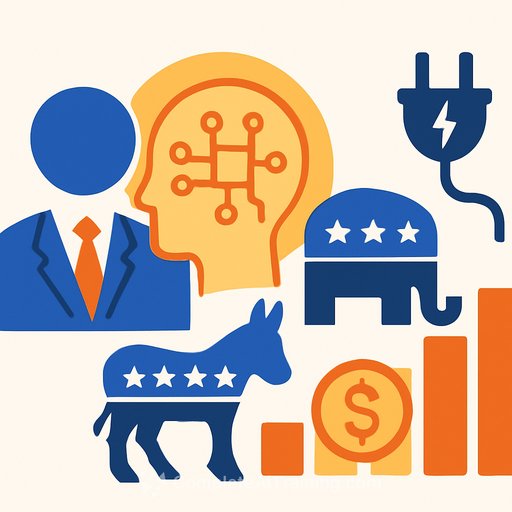Indonesia's AI Roadmap: Critical Thinking, Infrastructure, and Talent
Indonesia is moving fast on AI, but the message from government leadership is clear: people must stay in control. "Critical thinking keeps people alert to technology so it doesn't end up controlling us," said Deputy Minister of Communication and Digital Affairs Nezar Patria in Malang.
The ministry is preparing a national AI roadmap focused on ethics, safety, and human-centered outcomes. The goal: encourage responsible use across sectors while protecting citizens and improving service delivery.
What's in the AI roadmap
The roadmap is being developed through public consultations and references the UNESCO AI Readiness Assessment Methodology to guide governance and capacity-building. This gives ministries, local governments, and industry a shared baseline for policy and implementation.
- Ethical and safe deployment that protects rights and prevents harm
- Human oversight and clear lines of accountability
- Data quality, security, and transparency in public-sector AI systems
- Capacity building so teams can evaluate, test, and audit AI
UNESCO AI RAM is a useful reference for governance maturity and practical readiness checks.
Two immediate hurdles: networks and skills
Connectivity is still behind regional peers. Malaysia's average internet speed is near 100 Mbps, while Indonesia sits around 36.7 Mbps. That gap limits AI use in healthcare, education, and government services.
The second challenge is talent. By 2030, Indonesia may need roughly nine million digitally skilled workers, while the country is projected to drive 40% of ASEAN's digital economy growth. Government programs matter, but industry and universities must be in the loop for this to work at scale.
Benchmark network progress using public reports like the Speedtest Global Index and tie rollout goals to real service improvements (e.g., telemedicine uptime, processing time for permits).
Five priority sectors with practical first moves
- Healthcare: Start with triage assistants, radiology support, and supply forecasting. Require clinical oversight, bias testing, and audit trails.
- Digital talent education: Fund micro-credentials, apprenticeships, and on-the-job training for public servants and SMEs. Map skills to specific AI roles (data steward, AI product owner, model evaluator).
- Bureaucratic reform: Use AI for document routing, summarization, fraud signals, and citizen support. Publish model cards and decision logs for transparency.
- Smart cities: Pilot traffic optimization and public safety analytics with strict privacy controls. Share dashboards on uptime, latency, and incident response.
- Food security: Apply yield prediction, weather risk alerts, and market price insights for farmers. Keep humans in the loop for final decisions and dispute handling.
Policy and implementation checklist
- Governance: Create an AI Review Board across legal, data, security, and domain teams. Approve use cases, risk tiers, and red lines.
- Procurement: Require model documentation, bias/accuracy reports, data lineage, and rollback plans in contracts.
- Data: Enforce consent, retention limits, and access controls. Track drift and data quality with automated checks.
- Human oversight: Define when humans must review decisions, especially in health, benefits, and law enforcement.
- Security: Protect prompts, training data, and outputs. Log every model interaction for audit.
- Infrastructure: Prioritize fiber backhaul, rural coverage, and local caching. Set shared targets with operators and measure user-facing outcomes.
- Talent: Co-fund upskilling with industry. Use micro-credentials and practical labs so teams can ship real projects. See role-based options at Complete AI Training - Courses by Job.
Metrics that keep everyone honest
- Reduction in AI-related incidents and complaint rates
- Service time improvements (permits, claims, clinical decisions)
- Network throughput and latency by region, tied to use-case SLAs
- Number of trained professionals and certifications issued, distributed across provinces
- Share of projects with published model cards, risk tiers, and audit logs
The bottom line: critical thinking is not a slogan. It's a way to build AI that serves people first, backed by stronger networks and a serious talent pipeline. With clear guardrails and shared accountability, AI can improve public services, boost local industry, and widen access without leaving communities behind.
Your membership also unlocks:

